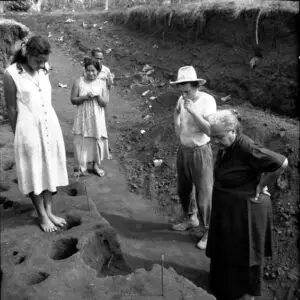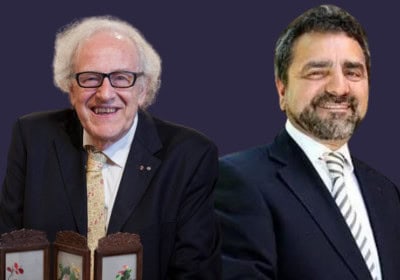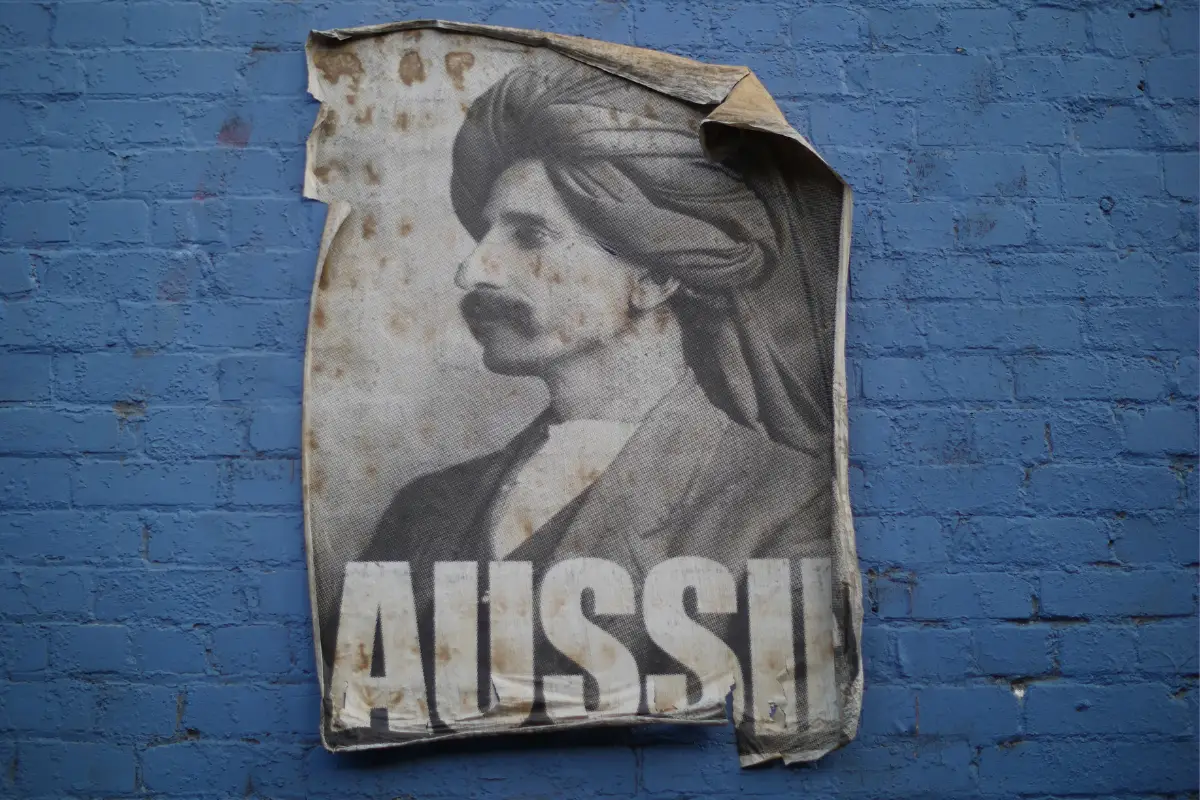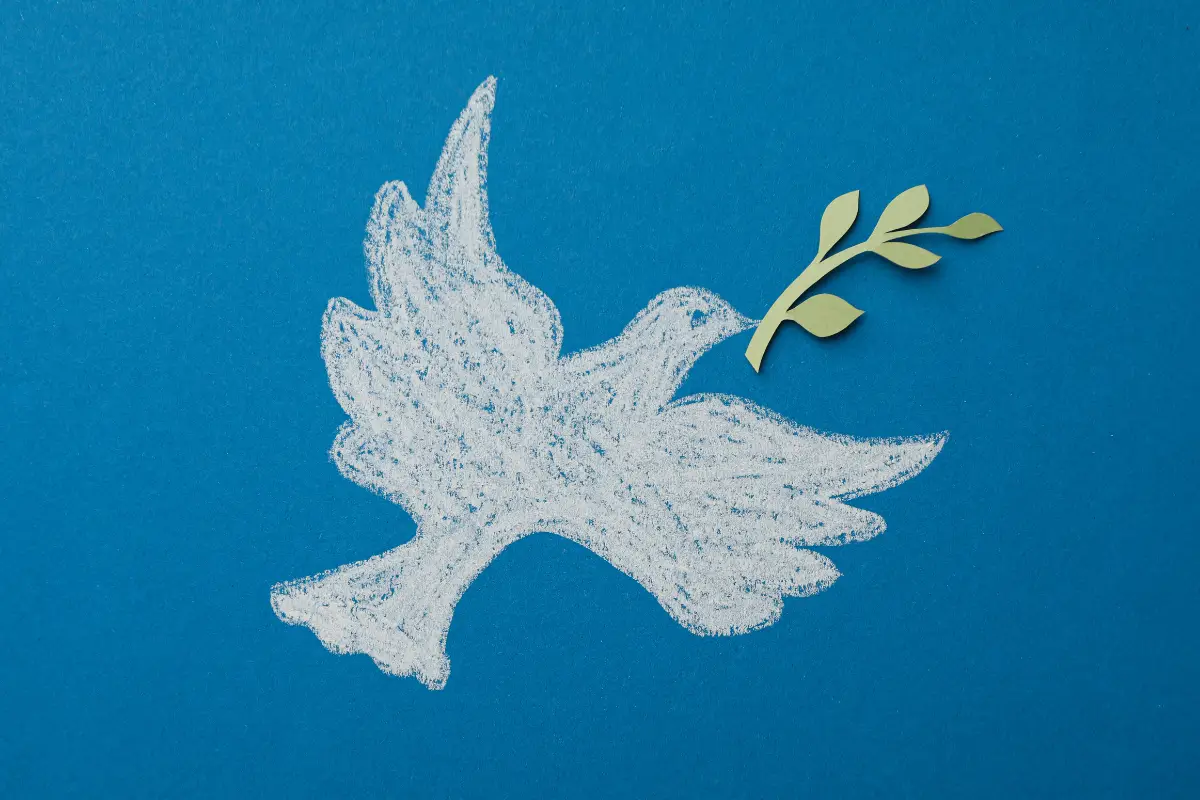
Puzzle in the Pacific
The islands of the Pacific were among the last spots on Earth to be colonised by humans – and just how that happened has puzzled outsiders since European explorers arrived in the sixteenth century.
A prehistoric people referred to as Lapita piloted their canoes across vast stretches of ocean, settling on previously uninhabited islands. But little was known about their origins, or how they survived in their new environments.
The excavation of a 3000-year-old cemetery in Vanuatu – the oldest known burial ground in the Pacific – has unlocked some of the Lapita people’s secrets: their curious funeral rites, and their lifestyle, culture, society and diet. The last included species they hunted to extinction: a giant tortoise, a land-based crocodile and various flightless birds.
A grisly discovery
One of the most significant archaeological finds in the Pacific, the cemetery – close to Vanuatu’s capital, Port Vila – was discovered in 2003 when a bulldozer driver spotted pottery fragments as he was digging land for a shrimp farm. The Teouma site, excavated between 2004 and 2010 by ANU researchers including Matthew Spriggs FAHA and Vanuatu Cultural Centre experts, yielded sixty-eight graves and the remains of about a hundred people, with all adults missing their heads.
Some bodies were interred front down. Others were in strange, yoga-like poses. The heads are thought to have been removed following decomposition of the flesh, in accordance with long-standing Pacific practice. However, three skulls had been laid on the chest of an old man, and three between another person’s legs.
A seventh skull was found inside one of the intricately decorated pieces of pottery that appear to have formed part of Lapita burial rites. The cemetery contained more than one hundred ceramic pots and plates, including six complete pots – the biggest collection of Lapita pottery found anywhere in the Pacific.
Learning about the Lapita people

The first successful full-genome sampling of ancient DNA from the tropics threw up some surprising results. Although Vanuatu’s modern population is largely Melanesian, the country’s earliest inhabitants – ancestors of many present-day Pacific Islanders – were taller, lighter-skinned East Asians, originally from Taiwan or the northern Philippines.
Humans are known to have been living in New Guinea (now West Papua/Papua New Guinea) and the Solomon Islands for about 50,000 years. But the Lapita people, it seems, mingled little with the locals when they reached New Guinea’s Bismarck Archipelago about 3000 years ago.
Leaving behind their signature red-slipped pottery, they pushed on east and south, covering thousands of kilometres and settling the further-flung islands of Vanuatu, New Caledonia, Fiji, Tonga and Samoa. The genetic mix seen in Vanuatu today is the result of subsequent Papuan arrivals.
International collaborations
The Lapita people introduced domesticated plants and animals, but – as chemical analysis of teeth from Teouma has established – they also adapted to the local ecology. As well as marine turtles, reef fish and fruit bats, they feasted on now extinct native creatures, whose remains were found in the millennia-old midden (rubbish dump) of a former village next to the Lapita cemetery.
More than one hundred researchers in fifteen countries were involved in analysing the Teouma remains, and the local community (including school students) participated in the excavations. Exhibitions of reconstructed pots were staged in Vanuatu and overseas. The whole venture was a best practice example of collaboration with Australia’s neighbours in the Pacific – an increasingly important region strategically.



